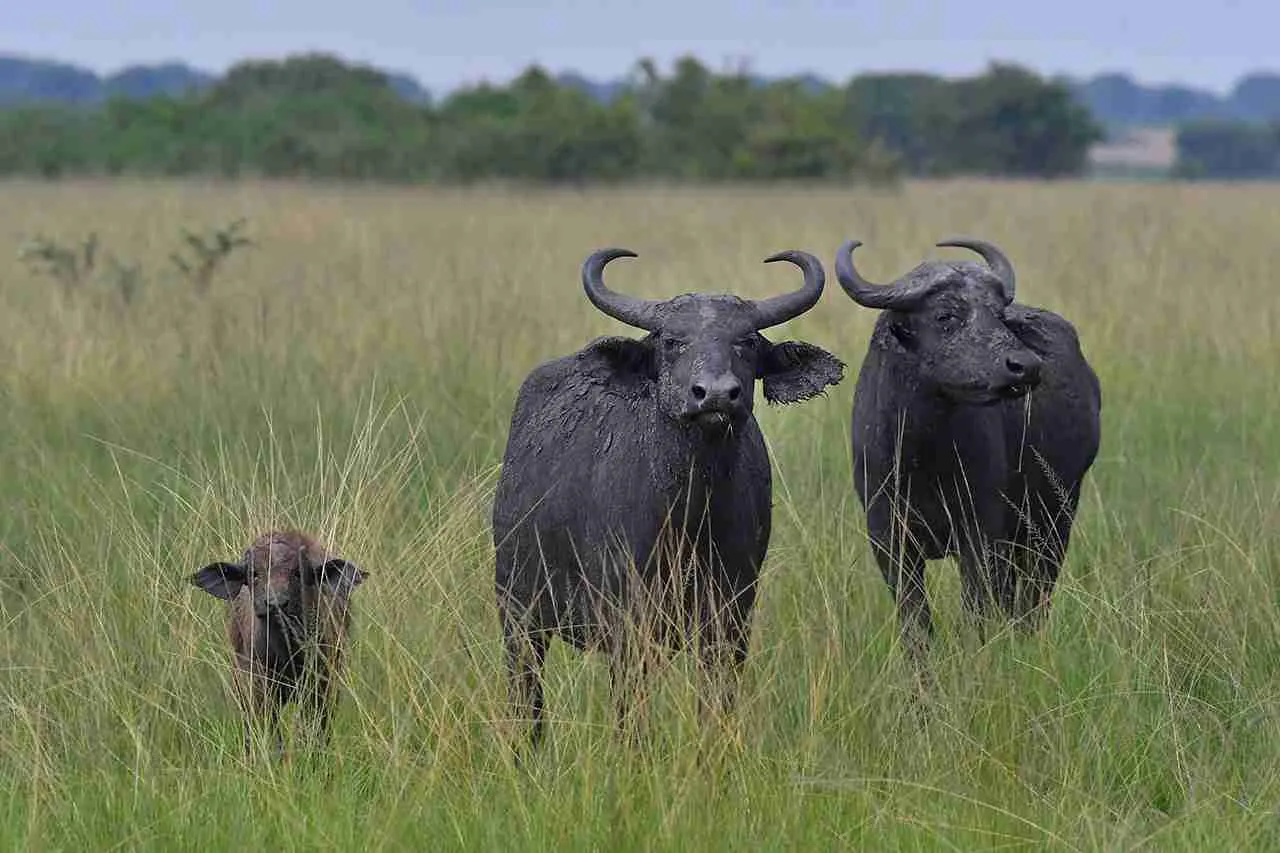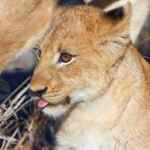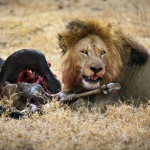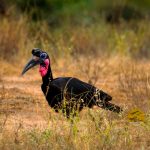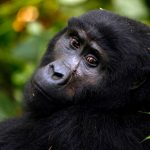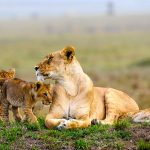The Buffalo Gestation Period: Unraveling the Mysteries of Nature’s Timing.
Gestation Period of a Buffalo; Just consider the Cape buffalo (African Buffalo), an incredibly impressive animal that has gained great recognition for its robustness, intelligence, and vigor in defending its offspring. Given that this is a very important part in the life cycles of buffaloes, this period of gestation could well be one of the important factors that dictates herd dynamics, stability of population, and survival of its calves. We delve below into this amazing process, demystifying the equally intricate biological journey from conception to birth in detail.
The Start: Mating and Conception.
In nature, buffaloes mate strictly during the season of the year when rainfall is at its peak. This is nature’s way of ensuring births occur when conditions are best for food availability. Female buffaloes reach puberty between 3 and 4 years of age, although the males reach dominance at around 8 years of age. During wet seasons, active bulls strongly follow every cow that presents signs of estrous-when they are in a phase where conception can easily take place.
Conception involves fertilization of the egg of a female buffalo by male sperm into a zygote, marking the beginning of the gestation period that lasts up until birth for approximately eleven months.
Gestation Period: The Journey of 11 Months.
The gestation period of an African Buffalo is about 340 days-roughly 11 months. That is the same period for many large ungulates, which must find some balance between the requirements of fetal development on one hand and those needs of mother animals in an attempt to adapt to environmental conditions and nutritional intakes. Now, let’s break down the gestational phases and what happens in each:
First Trimester (Months 1-3).
During the first three months of embryonic development, the major organs begin forming. The zygote, now an embryo, embeds itself in the uterine wall. At this early stage, the skeletal, muscular, and nervous system precursors of the calf have already developed.
During this trimester, she continues her usual activities; however, her grazing behavior shifts slightly as a subconscious response to prevent any decline in her body’s nutritional intake.
Second Trimester (Months 4-7).
During the fourth month, the embryo is termed as a fetus. There starts fast growth and appearance of features on the fetus. The limbs, features on the face, and fur are starting to develop.
This is a time of elevated nutritional needs for the mother, and she will instinctively choose areas for grazing that are higher in nutrient value. The herd behavior also shifts somewhat with pregnant cows staying to the center, ‘safer’ area of the herd and avoiding risks.
Third Trimester (Months 8-11).
The last trimester brings with it a period of rapid increase in size and continued maturation of the body systems, especially lungs, muscles, and a healthy covering of fur.
This is the time when the mother buffalo has less energy-consuming physical activities, wastes less energy, and stays more toward the center of the herd. This is, indeed, quite a critical phase as any deficiency in nutrition or stress conditions during this stage could affect the health of the calf at birth.

The Role of the Herd During Gestation.
The social patterns of the buffalo herds are complex, protecting pregnant females. Female buffaloes are related and usually take care of one another, hence protecting pregnant cows. For their defense, they make formations in such a way that the pregnant females and the calves go to the center, with the stronger ones forming the periphery. Such is the nature of the structure that minimizes the risk of predator attacks since calves are the most susceptible to attack.
Birth: The arrival of the Calf.
Almost a year later, the mother buffalo seeks a safe and secluded spot to give birth. Normally, births take place during night or early morning, at times when the temperatures are cooler and visibility poorer for any potential predator. The birth itself takes only a few hours. Unlike most animals, buffalo mothers stand while in labor; immediately after giving birth, she starts licking her calf, which is also good for bonding between them.
Early Life of the Calf.
Newborn calves weigh about 66 pounds at birth and can stand and walk within a few hours. This mobility is critical for their survival since they must be able to stay with the herd. A calf is nourished mostly from its mother’s milk for the first six months of its life although it starts nibbling grass within several weeks. At six months they begin to graze on their own and are less dependent on the mother.
The calves have a very high level of protection in buffalo society since the continuation of the herd is actually based on the small ones. The cows are fond of looking after each other’s calves; this is referred to as “auntie” care. Such close watch promotes social cohesion among the members of this herd, enhances calf survival, and so may increase the reproductive success of the females in this herd. This is really a crucial survival skill for young calves, for it enables them to learn various important things such as identification of danger, recognition of food sources, and communication within the herd.
Why the Long Gestation?
Nature does this in adaptation to the birth of the calves when they are in an advanced developmental stage that would enable their being released into the real world. Given high predation rates by lions, leopards, and hyenas, the muscle development of buffalo calves must have been strongly developed since birth with heightened senses of awareness. This extended gestation period is nature’s means of preparing them for joining the herd in the shortest time so that they can run with the adults and eventually survive within a fortnight or so.
Buffalo Gestation and Conservation.
By knowing the gestation period of buffaloes and their life cycle, this becomes important in terms of their conservation. In simple terms, habitat loss and hunting pressures have resulted in a very slow reproductive rate in buffalo populations. With this slow rate of reproduction, most of the conservationists are suggesting measures of protection that should emphasize remaining safe grazing grounds without poaching and teaching the local community about the value of these animals in the ecosystem.

Our Remarkable Safaris to See Buffaloes.
22 Days Best of Uganda Wilderness Adventure
18 Day Exploring Uganda Safari
15 Day Gorillas-Chimpanzee and Big 5 Safari
15 Day Uganda-Kenya-Tanzania Safari Adventure
14 Day Uganda-Rwanda Wildlife and Primates Safari
14 Days Uganda and Kenya Wildlife Safari
10 Day Highlights of Uganda Safari
10 Day Birding Uganda and Game Drives
9 Day Highlights of Tanzania Safari
8 Day Gorillas – Chimps and Big Five
6 Day Gorillas and Queen Elizabeth
4 Day Tanzania Wildlife Safari
3 Day Best of Akagera National Park
3 Day Murchison Falls with Big Five Adventure
Remarks on the Gestation Period of a Buffalo.
The gestation period of a buffalo is not only a biological happening but reflects the fine-tuned design of nature, perfectly scheduled with regard to environmental conditions and the needs of the herd. This 11-month journey from conception to birth will make sure that each newborn will have the best chances for survival in the wild. At the time when these buffalo calves attempt to take their first steps among the security of their herds, reminders of life’s balance, resiliency, and survival instincts are characteristics that define such magnanimous animals.

